Haste leads to poor business performance; management can avoid this by maintaining continuous flow of timely data. Take a moment to picture a situation in which data-generated insights, data analytics excellence and automated decision-making processes would shake-up the current way that organizations are designed and run. Enterprise Decision Management (EDM) in the truest sense is the management philosophy of business which helps in overcoming bottlenecks in the decision-making processes and enable a company to improve operations and at the same time expand its horizon.
The role of EDM isn’t just about making decisions; it is about making the most optimal decisions at the right time and under the scrutiny of data, analytics, and business rules. Using EDM everyone can generate an open-ended destination, choosing what matters by means of providing best customer experience, increasing efficiency and getting an advantage in the market by this.
Let us take this trip into the domain of Enterprise Decision Management together, where we look into the main ingredients, benefits, guidelines, and enterprises as well as the leading EDM tools that are determining the decision-making process in the business world. You will find out how it can help your business function and flourish in this highly dynamic business world.
Key Components of an Enterprise Decision Management (EDM)
The key components of Enterprise Decision Management (EDM) are:
Data Collection and Management:
- EDM is built on the data collection and management of structured and unstructured data from a range of organizations inside locations.
- This data is channel to the analytics and decision-making processes which form its foundation.
Analytics:
- The techniques applied by EDM incorporate sophisticated statistical and machine learning functioning to retrieve insights and trends from the gathered data.
- Analytics allow the organizations to base on the data and facts and, therefore, it improves the rationality of the decisions in organizations.
Business Rules:
- Organizations’ policies and laws are shaped to guide decision-making processes, which require a code of conduct that includes a code of ethics, integrity, and fairness.
- The EMS contains the rules applied by the system to guarantee its error-free and contestable compliance.
Decision Engines:
- Decision engines are smart software that can make autonomous and the best decisions through data analytics, rules-based programming, and machine learning algorithms.
- These engines are the base of the EDM , which are in charge of making and executing decisions.
Performance Monitoring and Management:
- EDM is the ongoing monitoring and further improvement of decision-making procedures as the consequences, whether positive or negative, can be deducted.
- One of these is the published results of the decisions, the findings analysis and the necessary modification of the system.
Integration:
- The integration of the EDM systems and the CRM systems with ERP systems is needed for data sharing, and making decision-making as holistic and as complete as possible.
- Integration provides organizations with an opportunity to use data and generate insights from all sources.
Feedback Loop:
- EDM is designed with a feedback loop in that the indices of the decisions are measured and accordingly, the rules, analytics, and processes are adjusted.
- Iterative approach is the key, as it provides space to grow and adjust the plan to the business requirements, which might change over time.
Scalability and Flexibility:
- It is important that EDM systems be designed with scalability and flexibility features that will enable them to adapt as the organization encounters new needs.
- It covers among other aspects the capability to handle the amounts of data and the places where decisions are required
Read about the Top 10 Decision Management Softwares.
Benefits of EDM (Enterprise Decision Management)
Enterprise Decision Management (EDM), is a strategic tool for businesses and serves multiple benefits:
Improved Decision-Making Consistency and Accuracy:
- EDM leverages data, analytics, and business rules to automate and optimize decision-making processes.
- This leads to more consistent, accurate, and data-driven decisions compared to traditional, intuition-based decision-making.
Faster Response Times:
- ED enables companies to react faster to customer requirements and market changes by performing adaptable operational decisions which are automated.
- Such swiftness and flexibility of reaction is a key success factor for business.
- EDM ensures that risks are identified and managed effectively by organizations, through data driven insights into the decision making process.
- It may help to achieve reducing operational risks while keeping mitigating risks.
Increased Operational Efficiency:
- Instead of spending manual labor for repetitive, high-volume decisions, EDM can automate the ability and thus optimize the whole operational process.
- Therefore, this could be translated into a reduction in expenses and enhanced productivity.
Reduced Human Biases and Errors:
- EDM takes out the chance for human biases and wrong decision making through using data analysis and previously defined business rules in its decision making.
- It can also help achieve more objective and truthful decision-making.
Enhanced Agility and Adaptability:
- EDM ensures businesses will be able to quickly respond to the changes in the field by facilitating decision-making rules, auto update and modeling.
- Agility, operating in an environment characterized by change, can be a very important element of the companies' competitive advantage in the face of the changing conditions of a modern market.
Improved Customer Experience:
- EDM acts as a tool to enhance the efficiency of such organizations in the field of making rapid and more personalized as well as relevant decisions when interacting with their customers, this finally results in improved customer satisfaction as well as loyalty.
By implementing Enterprise Decision Management, organizations can unlock these benefits and drive improved business performance, increased efficiency, and a stronger competitive position in the market.
Best practices for EDM implementation for your Business
The implementation of Enterprise Decision Making (EDM) within a business organization calls for painstaking, thorough calculation and execution. Here are some best practices for EDM implementation for your business:
Define Clear Objectives: The objective of EDM is to open a dialogue with the audience and connect them in the context of a specific cause. This will let you know the boundaries of the project so that you can decide what you need to do and what you expect to get as results.
Identify Key Decision Points: This will help you locate the most important decision points of your business processes, which should then be linked to EDM elements. With the support of this process you can ascertain what business rules, analytics and decision management platform each decision point needs .
Select the Right EDM Tools: Choice of the right EDM tools should be made in a bid to garner the results the project demands. The three things that should be in your mind while choosing tools are how scalable, easily customizable and how well they connect with your existing systems.
Involve Stakeholders: Engage all stakeholders, both departmental colleagues and EDM, in the implementation process. Through this, it will see to it that the EDM implementation is justified in all the departments. This will ensure that the business rules are in line with the business objectives.
Develop a Data Strategy: Establish a data-driven strategy with a scope that encompasses data governance, data quality, and data management. This will be done to ensure that the information used in the EDM solution system is correct, it has indisputable evidence and consistency.
Test and Validate: Validate the EDM solution completely before operational deployment, perform testing to make sure it is EDM solution is ready for production use. By doing this we will be able to ascertain that the solution is enduring, dependable, and that it achieves the business objectives
Monitor and Optimize: While it is important to install the EDM system after deploying it, it becomes mandatory to optimize and fine tune it on a continuous basis. This will also help to protect the solution from being overtaken by the market or becoming obsolete as it will remain relevant and effective and, at the same time, will have the drawback of being aligned with the business objectives.
Provide Training: Training the users of the EDM solution and to check that they can use it efficiently the way. Thus, when the distribution process is successful, the solution is quickly adopted and the benefits that come along come quickly as well.
Measure and Evaluate: Keep tabs on and monitor the EDM solution’s outcome on a regular basis. With this, you'll be able to determine dishes for improvement, adjust the remedy, and keep the sense that it remains outcomes-driven.
Plan for Future Growth: Preparing for future growth along with the scalability and flexibility of the EDM solution possible. This will set up the solution to be failsafe by tailoring to the business needs of today and adapting to possible future changes.
Doing so allows you to achieve a successful implementation of EDM for your business that is not merely a hypothetical, but a real-life event.
EDM will guide you towards intelligent decision making, will help automate processes, and will set a high business standard to deal with customers. If the mechanism is efficiently done EDM, it can then lead to the development of new competitive advantage and business success.
Want to automate your enterprise and scale rapidly? Explore Top Enterprise Automation Softwares For Your Business
Conclusion
In these times of dynamic and ever-changing business landscape, the analytical power to make decisions that are well-informed through data have emerged as vital factors among businesses to continue Standing tall. The EDM (Enterprise Decision Management) paradigm has, in fact, proven its value and, these days, is recognized as one of the most powerful mechanisms, allowing companies to improve their decision-making processes to become more efficient and competitive.
In this blog, we have explored the primary constituents of EDM, and its powerful benefits that businesses get. Starting with better decision-making and efficiency increase to customer experience enhancement and the competitive strength edge, enterprises of all sizes and industries put EDM to their use.
Book a demo with us and get a robust EDM built for your organization.
FAQ
Q1. In what way do companies be driven by the Enterprise Decision Management system?
EDM is the process of execution by organizations by setting objectives, identifying data sources and analytics methods, building the decision engines, integrating EDM components into the current systems, training employees, tracking and adjusting processes, and altering the framework to changing business needs.
Q2. How do decision making approaches that involve the use of technology, such as Enterprise Decision Management, differ from the conventional decision-making process?
Earlier decision making relied on an individual's intuition but now, it is getting widely used data, analytics, and business rules to calculate intelligently based on real facts. This ensures that the applications are more consistent, productive, and accurate compared to the old way.
Q3. What companies need to put emphasis on Enterprise Decision Management?
EDM improves the effectiveness of operational and strategic decision-making by gathering data analytics, smart algorithms, and machine learning to come up with data-driven solutions, improve effectiveness, and react timely to market changes.
Q4. What is EDM's contribution in relationships with buyers?
Automated decision-making, patterned on historical data, official corporate policies, and regulations, makes sure that all interactions of customers with the company are managed productively, thus turning the customers' experiences to positive ones.



.png)
.svg)
.webp)

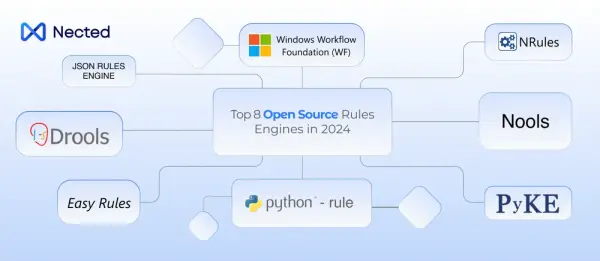




.svg)

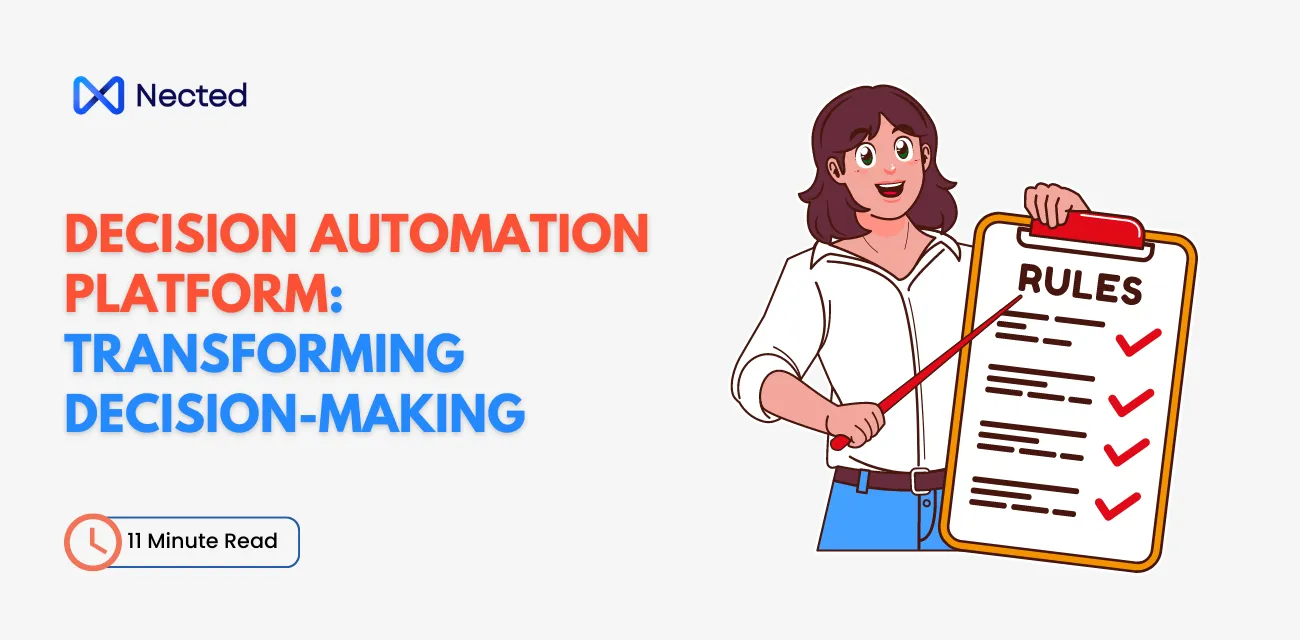

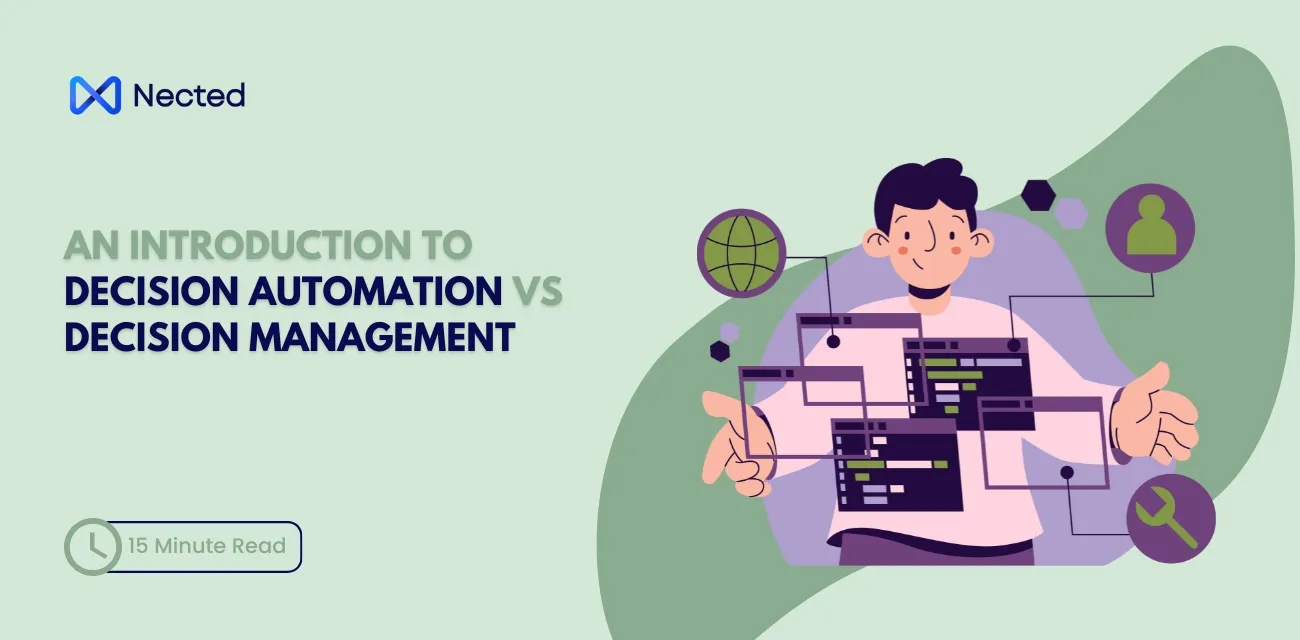

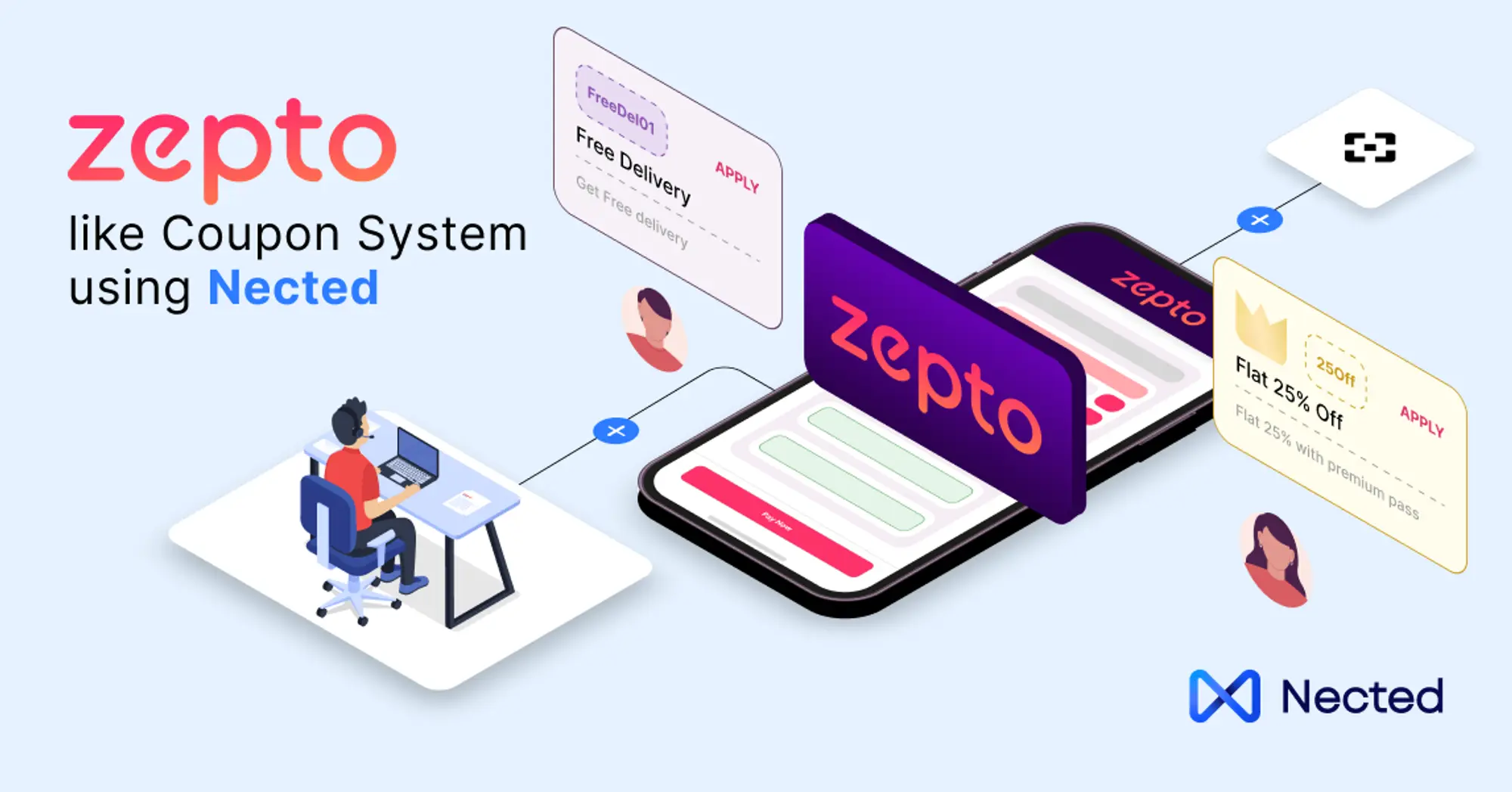
.webp)
.webp)

.webp)
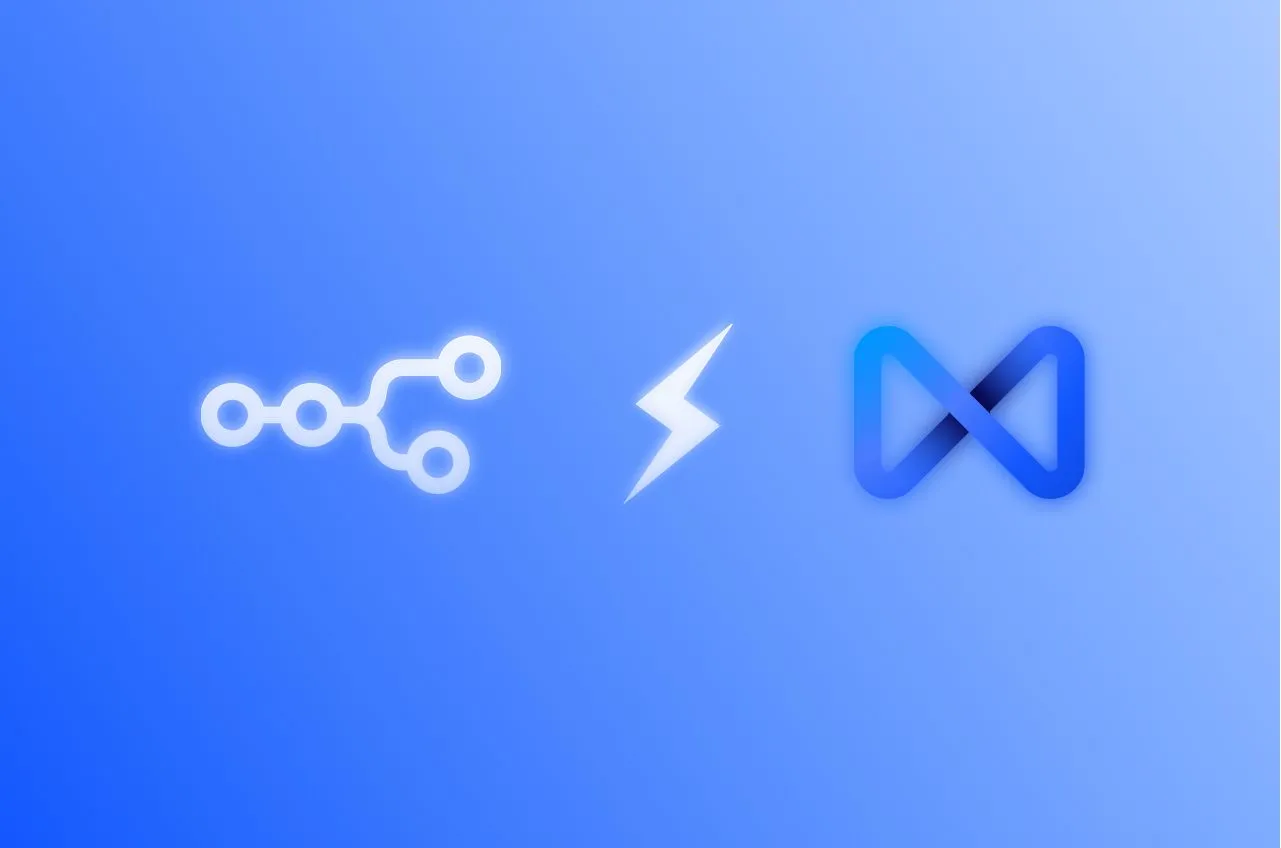

.svg)
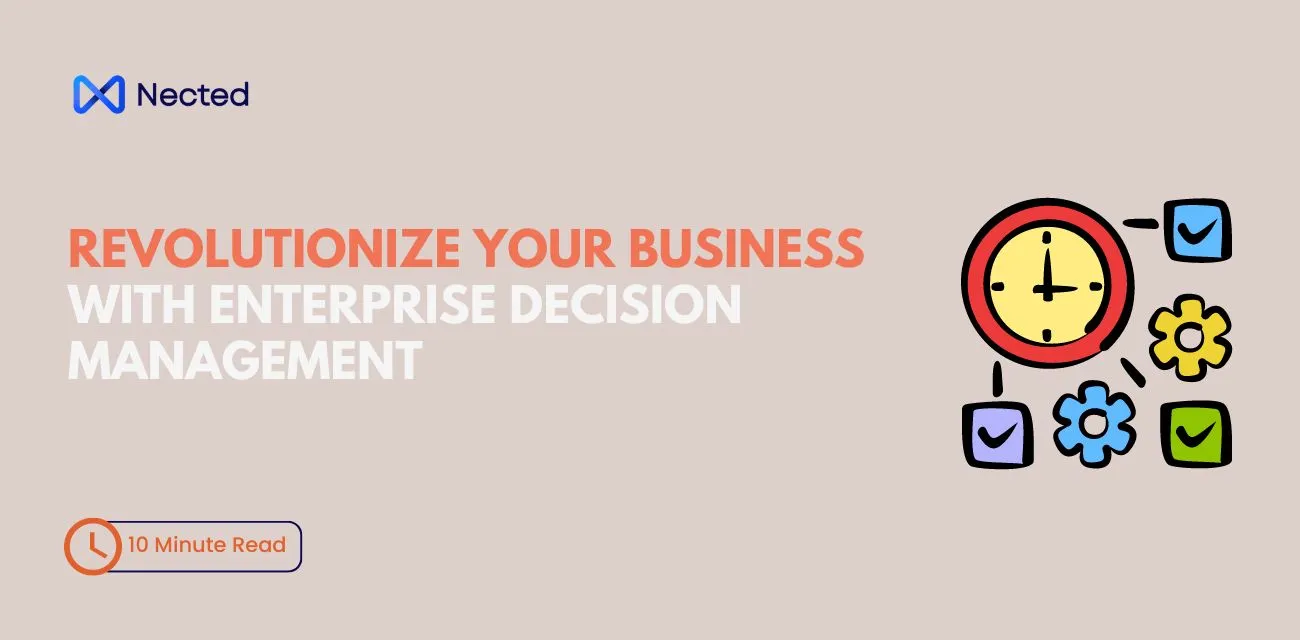




.webp)
.svg.webp)







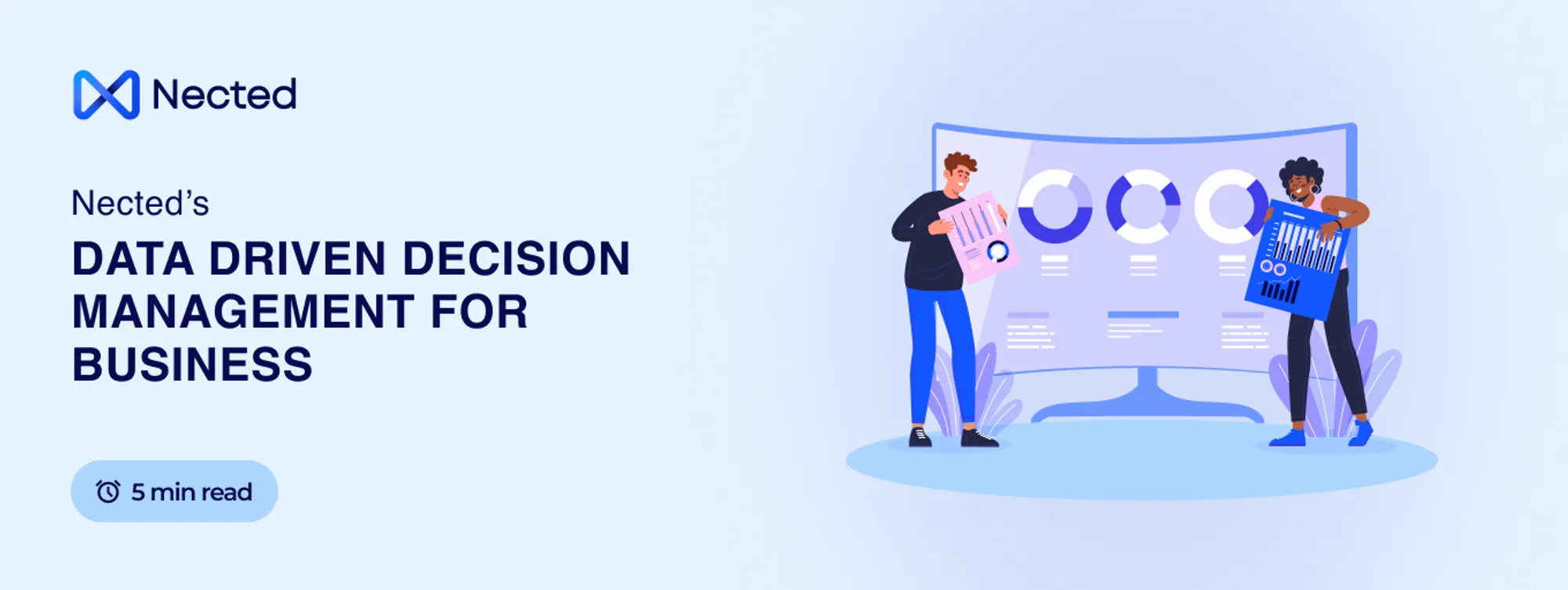

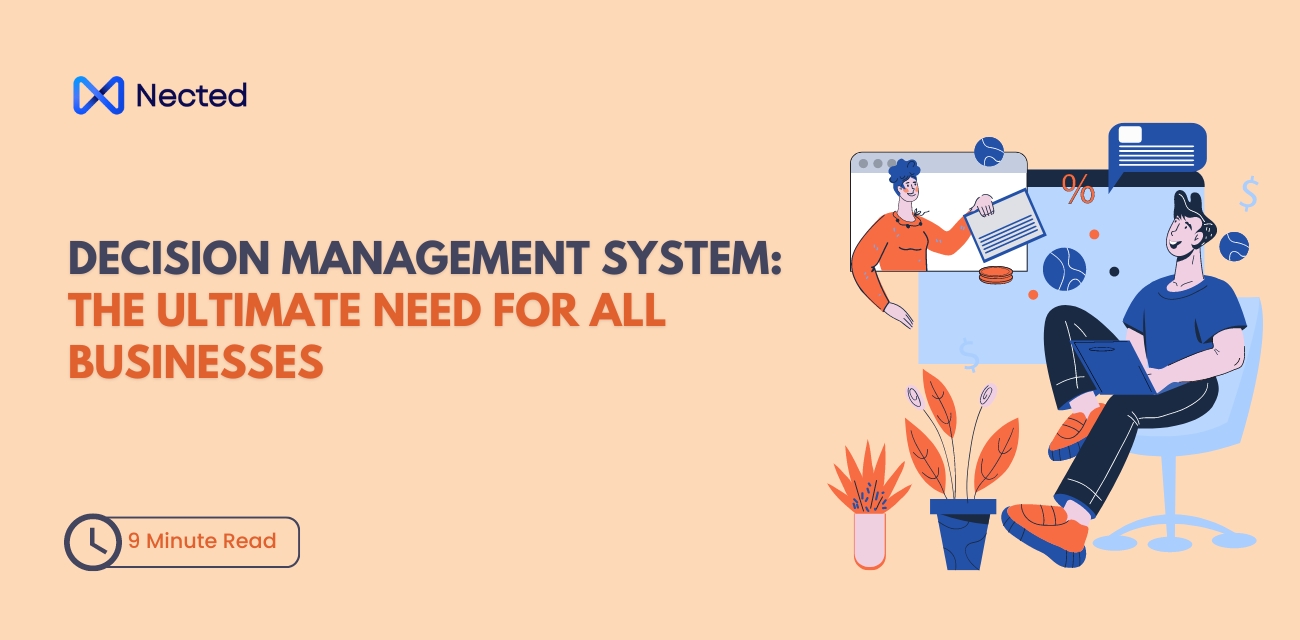
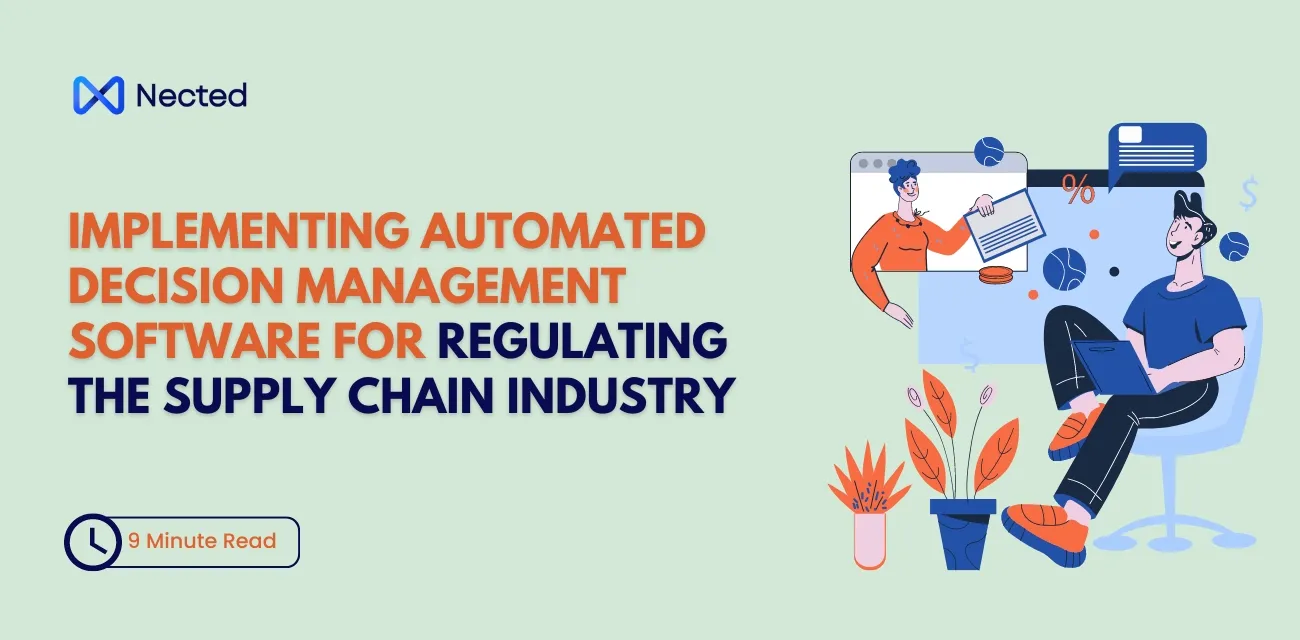
.webp)


%20m.webp)
.webp)
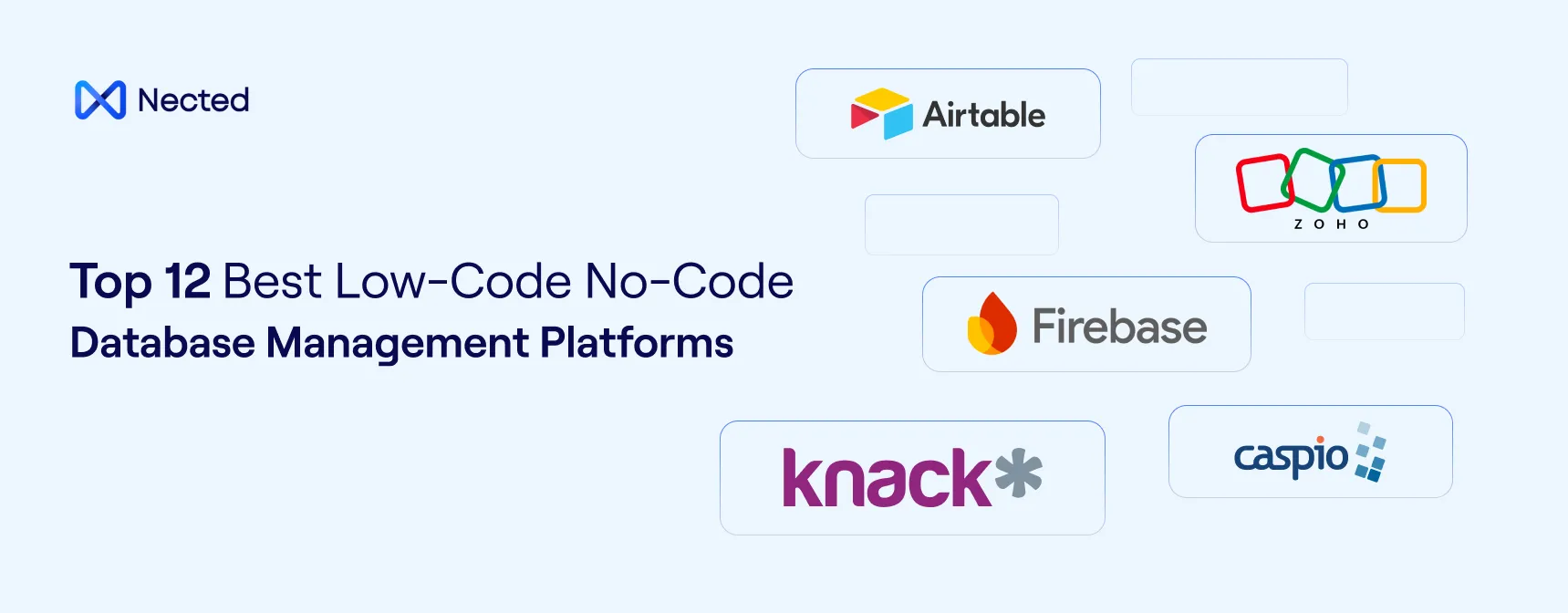

.webp)
.webp)


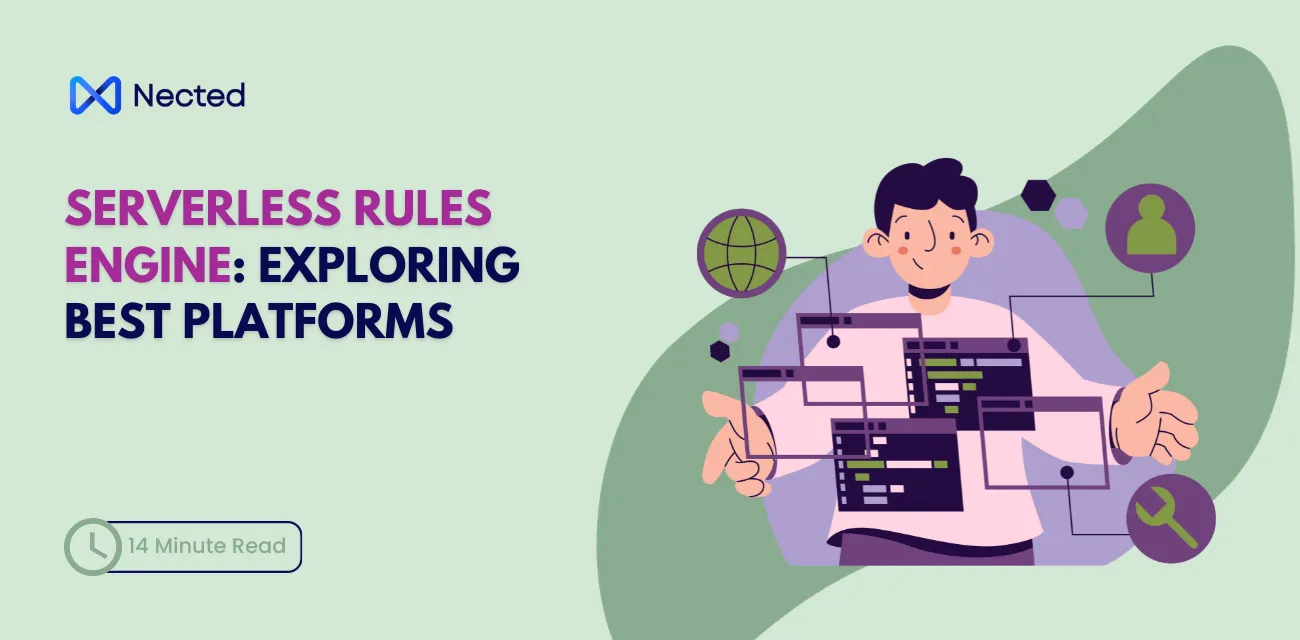



%20(1).webp)
